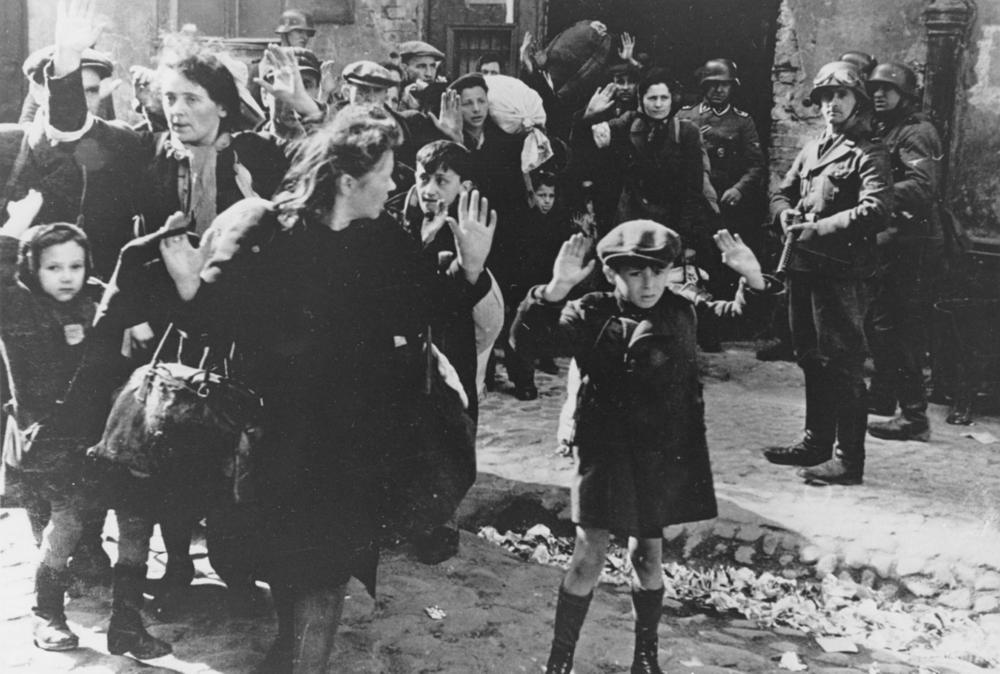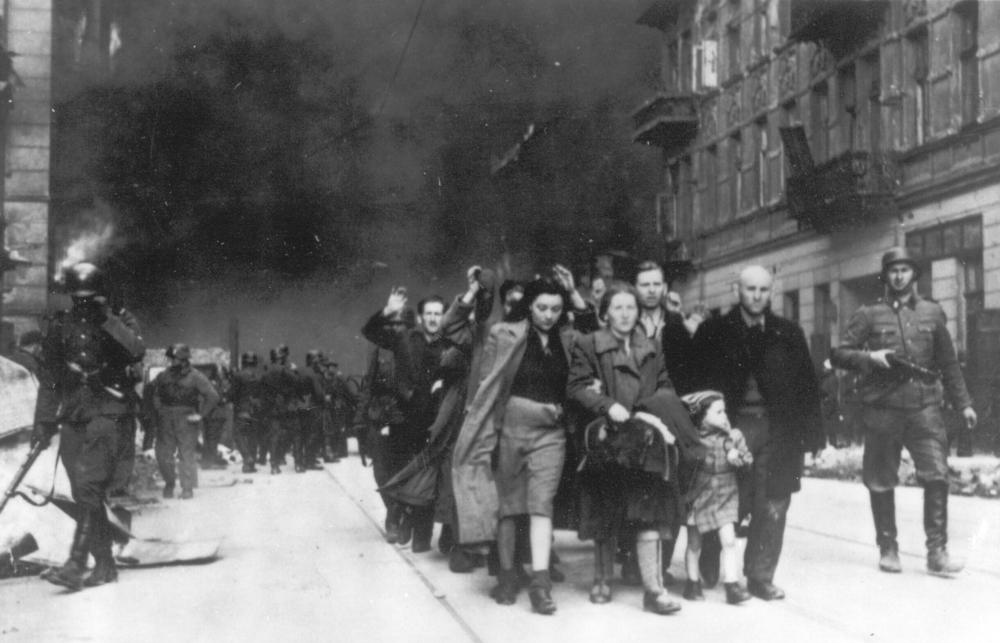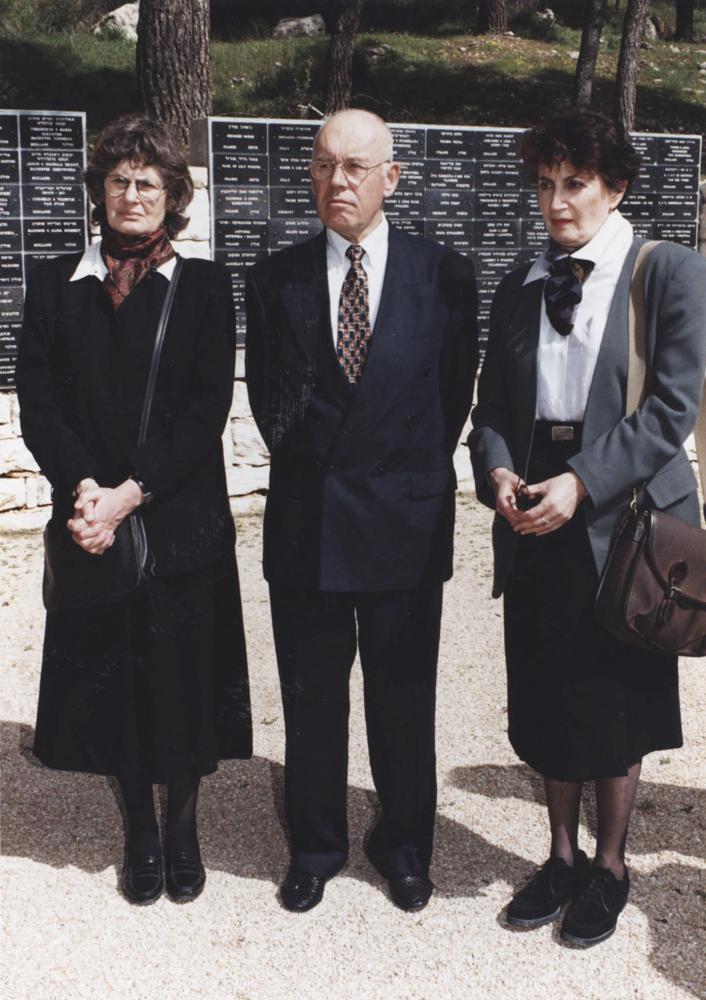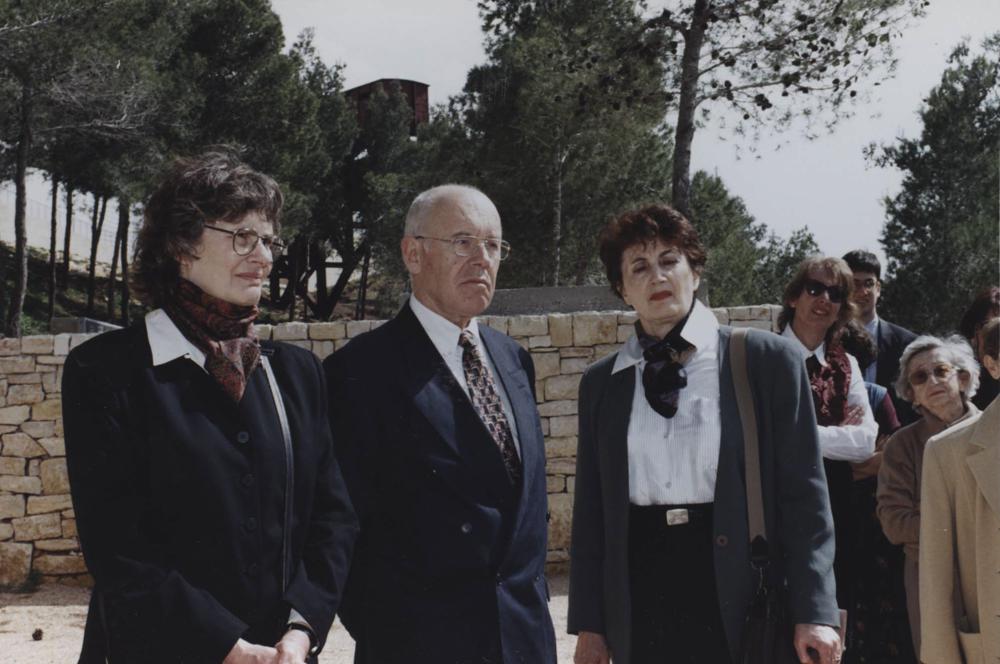
The world commemorates the 77th anniversary of the liberation of the German Nazi Auschwitz concentration and extermination camp on January 27, 1945, this year. Yad Vashem and the Conference on Jewish Material Claims against Germany have partnered to highlight the stories of “Righteous Rescuers” who risked everything, including their lives, to save Jews from the Nazis and their henchmen.
The Claims Conference and Yad Vashem are releasing several videos and launching a website about people who saved Jews during the Holocaust, in which 6 million Jews were murdered across Europe, as part of a social media campaign called #DontBeABystander.
“One of the amazing things about the rescuers is that they rescued not only the person who was hidden, but their entire family tree, including their children, grandchildren, and great-grandchildren,” said Greg Schneider, executive vice president of the Claims Conference.
“It is said in Jewish tradition that if you save one person, you are saving the entire world,” Schneider told the media.

Yad Vashem has honoured about 28,000 people from 50 countries as “Righteous Rescuers” over the last 60 years. Every year, the organisation receives hundreds of applications to honour others, the majority of which are posthumous. Most of the rescuers who are still alive today assisted their parents when they were children or teenagers.
When Andrzej Sitkowski was 15, his mother told him that a neighbour had asked her to hide a little Jewish girl from the Nazis at their home.
“It was a short conversation, and then, yes, we decided to take in Hadassah, and she was brought over to our house in 1943,” Sitkowski recalls of the difficult years of World War II, when he lived on the outskirts of the Polish capital of Warsaw under German occupation with his widowed mother Helena and younger sister Magda.
“Of course, we were terrified,” Sitkowski said to the media at his home in the Bavarian village of Durach, where he and his German wife have lived for the past ten years.
“We believe roughly 200 of them are still alive, with the majority of them living in Europe,” Yad Vashem chairman Dani Dayan said. “As antisemitism resurfaces on all five continents, we must once again emphasise the moral magnitude of these individuals and their activities.”

Before the Holocaust, the Nazi occupiers executed not only the volunteers, but their entire families in Poland, which had Europe’s largest Jewish community prior to the Holocaust.
When you ask Sitkowski why he and his mother chose to help Jews despite the grave personal risks, he shrugs and says it was simply their human obligation.
There is still a close link between them today. They used to visit each other, but now they converse on the phone and exchange letters.

In their conversations, they frequently recall the months of hiding when the Sitkowskis shared their meagre food rations with Hadassah, when Andrzej taught five-year-old Hadassah to read and write, and when they convinced their neighbours and acquaintances that Hadassah was not a Jew, but a Christian-Polish girl whose mother had been deported to Germany as a forced labourer.

Post Your Comments